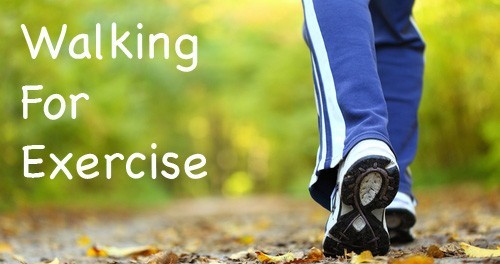Walk Talk Series
Day 64 – The Best Weight Management Tips Ever
Affirmation of the Day
I am pleased with myself for making healthy lifestyle changes. I succeed because I want to succeed. I do not compete with others, but only challenge myself.
Final Week
Welcome to Week 10, this week we review our goals, see what we’ve achieved, and plan for the future.
Today’s Walk: Fat Burning Walk
- 45-90 minute walk in the fat-burning zone at 60-70% of your maximum heart rate
- Warm up with 5 minutes at a very easy pace
- Find a safe spot with a wall or pole to do a 5 minute easy stretching routine
- Now resume your walk at a comfortable pace
- End with 5 minutes of gentle stretching
Advanced walkers: Distance Walk
Exercise: Abdominals
How far are you walking?
On today’s walk, review how far you are able to walk comfortably. Compare that to where you were when you began the Walk Talk Series. What distance goals will you set for yourself in the future?
The Basics of Weight Management – Making Little Changes Can Make a Big Difference
 Weight control is all about making small changes that you can live with forever. As you incorporate these minor adjustments into your lifestyle, you’ll begin to see how they can add up to big calorie savings and weight loss.
Weight control is all about making small changes that you can live with forever. As you incorporate these minor adjustments into your lifestyle, you’ll begin to see how they can add up to big calorie savings and weight loss.
Here are some tips to forming healthy habits to help you turn your dream of weight loss into a reality.
Evaluate Your Eating Habits
Are you eating late at night, nibbling while cooking, finishing the kids’ meals? Take a look around, and it will be easy to identify a few behaviors you can change that will add up to big calorie savings.
 Get help from family and friends.
Get help from family and friends.
Getting support can help you reach your weight loss goals. So tell family and friends about your efforts to lead a healthy lifestyle. Maybe they’ll join you in exercising, eating right, and losing weight. When you feel like giving up, they’ll help you, keep you honest, and cheer you on — making the whole experience a lot easier.
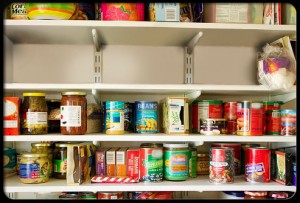 Clean the cupboards of fattening foods.
Clean the cupboards of fattening foods.
If you have chips in the pantry and ice cream in the freezer, you’re making weight loss harder than it has to be. Reduce temptation by purging the cupboards of fattening foods. Want an occasional treat? Make sure you have to leave the house to get it — preferably by walking.
If You Fail to Plan, Plan to Fail
You need a strategy for your meals and snacks. Pack healthful snacks for the times of day when you know you are typically hungry and can easily stray from your eating plan.
Keep a Food Diary.
A simple pen and paper can dramatically boost your weight loss. Studies show the act of writing down what you eat and drink tends to make you more aware of what, when, and how much you’re consuming — leading you to ultimately take in fewer calories. One study found that people who kept a food diary six days a week lost about twice as much as those who only kept a diary one day a week or less.
 Eat Your Food Sitting Down at a Table and From a Small Plate
Eat Your Food Sitting Down at a Table and From a Small Plate
Food eaten out of packages, while doing something like talking on the phone or reading, or while standing is forgettable. You can wind up eating more than if you sit down and consciously enjoy your meals.
Eat Slowly
Chew Every Bite, and Savor the Taste of the Food Try resting your fork between bites. You’ll slow down your eating time and allow yourself to feel full before you overeat.
Catch the “Eating Pause”
Most people have a natural “eating pause,” when they drop the fork for a couple of minutes. Watch for this moment and don’t take another bite. Clear your plate and enjoy the conversation. This is the quiet signal that you’re full, but not stuffed. Most people miss it.
Try the 80-20 Rule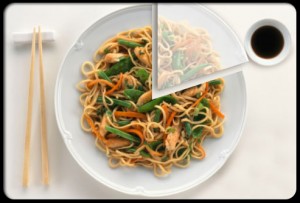
Americans are conditioned to keep eating until they’re stuffed, but residents of Okinawa eat until they’re 80% full. They even have a name for this naturally slimming habit: hara hachi bu. We can adopt this healthy habit by dishing out 20% less food,most people don’t miss it.
Get Food Portions Right
The top habit of slim people is to stick with modest food portions at every meal, five days a week or more. Successful losers do it, too, according to a Consumer Reports survey. After measuring portions a few times, it can become automatic.
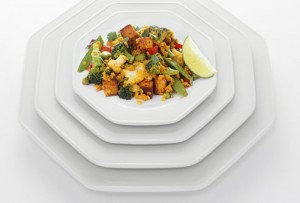 Shrink Your Dishes
Shrink Your Dishes
Chose a 10-inch lunch plate instead of a 12-inch dinner plate to automatically eat less.Cornell’s Brian Wansink, PhD, found in test after test that people serve more and eat more food with larger dishes. Shrink your plate or bowl to cut out 100-200 calories a day – and 10-20 pounds in a year. In Wansink’s tests, no one felt hungry or even noticed when tricks of the eye shaved 200 calories off their daily intake.
Eat At Home
Eat home-cooked meals at least five days a week to live like a thin person. A Consumer Reports survey found this was a top habit of “successful losers.” Sound daunting? Cooking may be easier than you think. Shortcut foods can make for quick meals, such as pre-chopped lean beef for fajitas, washed lettuce, pre-cut veggies, canned beans, cooked chicken strips, or grilled deli salmon.
Eat Out Your Way
Restaurant meals are notoriously fattening, so consider these special orders that keep portions under control:
- Split an entrée with a friend.
- Order an appetizer as a meal.
- Choose the child’s plate.
- Get half the meal in a doggie bag before it’s brought to the table.
- Complement a smaller entrée with extra salad for the right balance: half the plate filled with veggies.
 Fuel Up with Water
Fuel Up with Water
The body needs water to process calories. If you are even mildly dehydrated, your metabolism may slow down. In one study, adults who drank eight or more glasses of water a day burned more calories than those who drank four. To stay hydrated, drink a glass of water or other unsweetened beverage before every meal and snack. In addition, try munching on fresh fruits and vegetables, which are full of fluid, rather than pretzels or chips.
Avoid Crash Diets
Crash diets — those involving eating fewer than 1,000 calories a day — are disastrous for anyone hoping to quicken their metabolism. Although these diets may help you drop pounds (at the expense of good nutrition), a high percentage of the loss comes from muscle. The lower your muscle mass, the slower your metabolism. The final result is a body that burns far fewer calories (and gains weight faster) than the one you had before the diet.
Always Eat Breakfast.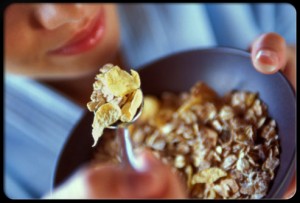
It seems like an easy diet win: Skip breakfast and you’ll lose weight. Yet some studies show the opposite can be true. Not eating breakfast can make you hungry later, leading to too much nibbling and binge eating at lunch and dinner. To lose weight — and keep it off — always make time for a healthy morning meal, like high-fiber cereal, low-fat milk, and fruit.
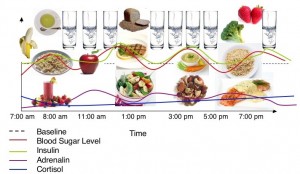 Eat Several Mini-Meals During the Day.
Eat Several Mini-Meals During the Day.
If you eat fewer calories than you burn, you’ll lose weight. But when you’re hungry all the time, eating fewer calories can be a challenge. “Studies show people who eat 4-5 meals or snacks per day are better able to control their appetite and weight. Divide your daily calories into smaller meals or snacks and enjoying most of them earlier in the day
Be Choosy About Nighttime Snacks.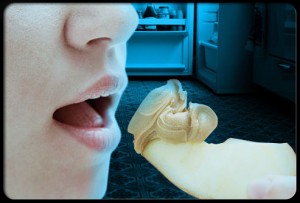
Mindless eating occurs most frequently after dinner, when you finally sit down and relax. Snacking in front of the TV is one of the easiest ways to throw your diet off course. Either close down the kitchen after a certain hour, or allow yourself a low-calorie snack. The most nutritious snacks contain complex carbohydrates and a small amount of protein and fat.
Eat Protein at Every Meal.
Protein is the ultimate fill-me-up food — it’s more satisfying than carbs or fats and keeps you feeling full for longer. It also helps preserve muscle mass and encourages fat burning. So be sure to incorporate healthy proteins like seafood, lean meat, egg whites, yogurt, cheese, soy, nuts, or beans into your meals and snacks.
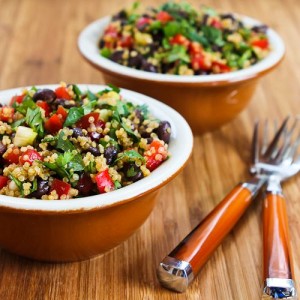 Include Fiber In Your Diet.
Include Fiber In Your Diet.
Fiber aids digestion, prevents constipation, and lowers cholesterol — and can help with weight loss. Most Americans get only half the fiber they need. To reap fiber’s benefits, most women should get about 25 grams daily, while men need about 38 grams — or 14 grams per 1,000 calories. Good fiber sources include oatmeal, beans, whole grain foods, and a variety of fruits and vegetables.
Eat More Fruits and Vegetables.
The best “diet” is one where you get to eat more food, not less. If you eat more fruits and vegetables, you shouldn’t feel as hungry because these nutrient-rich foods are also high in fiber and water, which can give you a feeling of fullness. Snacking can be a good thing as long as you choose smart snacks.
Best Bets
The impact of different foods and drinks on the metabolism is small compared to what you need for sustained weight loss. Your best bet for creating a mean calorie-burning machine is to build muscle and stay active. The more you move during the day, the more calories you burn. And remember: working out in the morning has the benefit of revving up your metabolism for hours.
Step Up Your Workout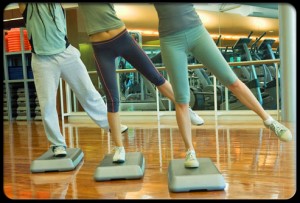
Aerobic exercise may not build big muscles, but it can rev up your metabolism in the hours after a workout. The key is to push yourself. High-intensity exercise delivers a bigger, longer increase in resting metabolic rate than low- or moderate-intensity workouts. To get the benefits, try a more intense class at the gym or include short bursts of jogging during your regular walk.
 Build Muscle
Build Muscle
Our bodies constantly burn calories, even when we’re doing nothing. This resting metabolic rate is much higher in people with more muscle. Every pound of muscle uses about 6 calories a day just to sustain itself, while each pound of fat burns only 2 calories daily. That small difference can add up over time. In addition, after a bout of resistance training, muscles are activated all over your body, increasing your average daily metabolic rate.
Weigh Yourself Once a Week.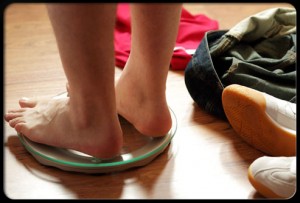
People who weigh themselves regularly tend to have more weight loss success. But most experts suggest weighing yourself only once a week, so you’re not derailed by daily fluctuations. When you weigh yourself, follow these tips: Weigh yourself at the same time of day, on the same day of the week, on the same scale, and in the same clothes.
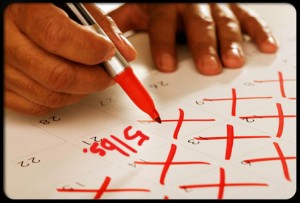 Lose Weight Slowly.
Lose Weight Slowly.
If you’re losing weight but not as fast as you’d like, don’t get discouraged. Dropping pounds takes time, just like gaining them did. Experts suggest setting a realistic weight loss goal of about one to two pounds a week. If you set your expectations too high, you may give up when you don’t lose weight fast enough. Remember, you start seeing health benefits when you’ve lost just 5%-10% of your body weight.
Celebrate Success (but not with food).
You lost five pounds this month and walked every other day? Time to celebrate! Rewarding weight loss success really can encourage more success, so revel in your achievements. Buy a CD, take in a movie, and set a prize for the next milestone. Just don’t celebrate with a sundae or deep dish pizza.

